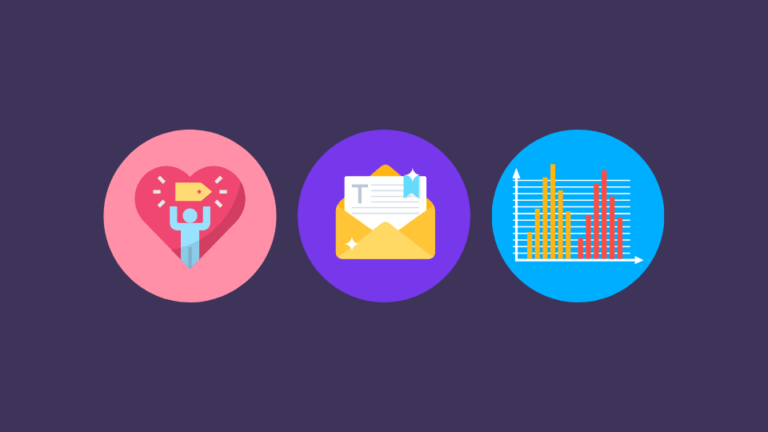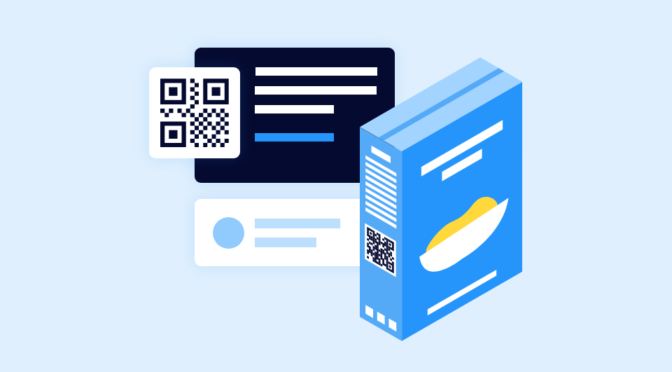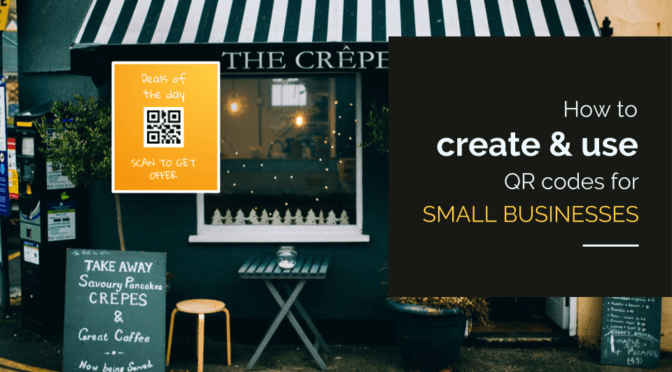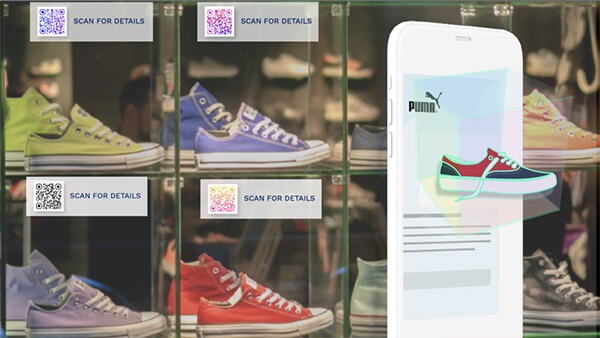If you’re an email marketer, there’s nothing you’d want more than sending the right email to your customers at the right time. But, how do you achieve that?
Enter: Triggered emails.
Also known as behavioral or transactional emails, triggered emails are those which are sent out in an automated fashion, mostly in response to a specific action taken by your customer or target audience.
This tactic empowers marketers to send emails that directly correspond to their customers’ behavior. As a result, triggered emails successfully drive better conversions and garner higher interactions from your subscribers. This is because triggered emails are far more timely and relevant to your customers as compared to generic and unrelated emails.
Essentially, triggered emails pave the path for improved click-through rates, increased customer engagement, higher email marketing retention rates, and, most importantly, greater overall customer satisfaction.
Triggered emails do this much better than marketing emails. While marketing emails do a great job in promoting your company’s products, triggered emails serve the critical purpose of reassuring your customers when a particular process gets initiated or wrapped up.
Table of contents
- Why should you use triggered emails?
- How can you build an effective triggered email framework?
- Different kinds of triggered emails with examples
- Conclusion (Includes a BONUS!)
So, why should you send triggered emails?
On average, triggered emails receive 70.5% more opens than other kinds of emails. Moreover, it doesn’t involve even a third of the labor that goes into developing and rolling out newsletters.
To begin sending triggered emails, all you have to do is just set the automation workflow once. Discussed below are some of the other advantages associated with triggered emails.
#1 Since these emails are curated in accordance with customers’ actions and behaviors, it helps you build a personal connection and win the trust of your customers.
Triggered emails are a great way of telling your customers that you care about them enough to keep them in the loop at all times.
#2 Triggered emails are a highly efficient way of nurturing your leads. Not everyone who visits your website for the first time is likely to go ahead with a purchase. But if you collect the email addresses of all your leads using the Findymail tool and send a trigger email, there is a good chance that the next purchase will be made.
What’s important is that you keep engaging with them in subsequent times and provide them with relevant information to incentivize their conversion.
#3 With the help of triggered email workflows, you can send out re-engagement and cart abandonment emails. These go a long way towards reviving your inactive customers and carts respectively.
Additionally, this also helps you stay on top of your finances, given the fact that acquiring a new customer is way more expensive than keeping current ones.
#4 Because a triggered email workflow is automated in nature, it enables you to cut down on the number of operational tasks by a significant margin. If you have a small team, this proves to be extremely efficient.
#5 In this digital era, customers now expect to receive constant intimation regarding every transaction they have made. Whether it’s a purchase they have made, or an appointment, or even a refund—they expect to receive an email, message, or some form of communication immediately after they’ve completed the transaction.
This is where triggered emails assume utmost importance. They help you meet your customer’s expectations and establish the credibility of your brand in the process.
How can you build an effective triggered email framework?
Getting your email marketing strategy right is crucial to executing a successful triggered email campaign. It would be best if you keep the following things in mind while devising your plan of action.
#1 Triggered emails are successful because they’re relevant to subscribers. And what ensures their relevancy is the trigger email copy. Hence, even before you set up a triggered email workflow, determine which information is most relevant to your customers.
While curating the copy, make sure that the design is kept minimal and visually appealing too. Additionally, you also need to identify and establish the balance between what your recipient wants and what you, as a brand, wish to communicate with them in terms of your product’s features and functions.
#2 Your subscribers must be able to read your email irrespective of the email client or electronic device they are using. Therefore, always ensure that your triggered emails adhere to the standard email accessibility best practices and include guidance on how to unspam an email to improve deliverability and visibility.
Keeping your email templates mobile-friendly is equally vital towards sealing the success of your triggered email campaigns. This is because as many as 60% of email opens are from mobile devices.
#3 Segment your subscribers to increase the efficiency of your triggered email campaigns.
For instance, the email you send to a customer completing a purchase can’t be the same you send to someone who initiates a refund. Thus, segmentation enables you to maintain the relevancy of your triggered emails.
#4 Ensure your emails land in the inboxes of recipients
One important aspect of trigger emails is email deliverability. SPF (Sender Policy Framework) records help prevent email spoofing by specifying which mail servers are authorized to send emails on behalf of your domain. By configuring SPF records correctly, you can improve the chances of your emails reaching recipients’ inboxes. An SPF record checker should help with this.
RELATED: Learn how QR Codes in emails can further help you build an effective email marketing framework.
To send an effective trigger-based email it is important to use an effective tool that assists in sending a successful email. The tool must be able to track user behavior and allow you to send follow-ups as per the trigger which is user action. It is important to choose the right tool for this. All email outreach tools don’t provide an email tracking feature and people often get confused and choose the wrong one. For example, If you compare two tools Saleshandy vs GMass, Saleshandy provides a feature of Trigger-based email & GMass doesn’t. People often get confused and choose tools without comparing features.
What are the different kinds of triggered emails?
Based on the actions taken by your customers, triggered emails can be of different kinds. The most common ones are welcome emails, reactivation emails, birthday emails, cart abandonment emails, event-triggered emails, and unsubscribe emails. We take a detailed look at them in the following section.
Welcome emails
Nothing casts as much of a compelling first impression on your readers as a well-curated welcome email. When done right, welcome emails allow you to establish a relationship with new customers and earn their trust and loyalty in the process.
Welcome emails can be used for a variety of purposes—you can either use these emails to inform your customers about your products or ask them to tell you more about themselves. Then, based on their responses, you can provide them with information and resources that directly address their interests.
Let us take a look at some really effective welcome emails.
This is the welcome email that Chipotle sends when you sign up for its newsletter. It ticks all the checkboxes that a good welcome email should—an attractive headline, engaging body content, and an actionable CTA. Further, it also encourages readers to interact with the brand via its various social media channels.
Besides being incredibly visually appealing, Bezar’s welcome email is super concise and to the point. It includes the scope of the brand and a couple of CTAs—one urging customers to invite their friends to the marketplace and another asking them to get in touch with Bezar.
Tinder’s onboarding email has a very minimal design and an engaging copy that clearly explains to first-time users how to use the app. Trust a dating app to leave the perfect first impression!
Reactivation emails
Now, reactivation emails are tricky because the margin of error with them is very low. Not only do you have to use them to catch the attention of your dormant customers, but you also incentivize them enough to convert them into sales prospects. At this stage, sales prospecting tools and techniques will greatly assist you.
Here’s how the best brands in the business do it.
There’s perhaps a no better way of breaking the slumber of your inactive customers than announcing a free trial or a hefty discount. Noom, in this case, does both.
While reactivation emails do give you a shot at increasing your brand impressions and revenue, sometimes you should also use them to eliminate those customers who are completely disengaged from your services.
When you send an email to a customer who’s no longer interested in your services, you are not just wasting your time and resources but also losing out on the opportunity of replacing them with a new, interested prospect.
Here’s how Other Goose cuts straight to the chase with their reactivation email.
Because reactivation emails tread on tricky grounds, it is considered a good practice to infuse humor in them.
Take a look at how Google makes clever use of humor in this reactivation email.
Event-triggered emails
Whenever your company is planning a big launch or organizing a huge event, make sure to keep your customers in the loop regarding the same. Send them announcements and invitations to make them feel as if they’re a part of your family.
The best example of this is the Apple customer base. They might hire the services of the choicest marketers and advertisers on this planet, but when it comes to creating hype regarding an upcoming Apple product release, no one does the job better than an existing Apple user.
Here are a few examples of impactful event-triggered emails.
Special occasion emails
Suppose you want to send personalized emails to your subscribers. In that case, there’s no better occasion to do so than on their birthdays and anniversaries or on other special events such as Christmas, Halloween, St. Patrick’s Day, and the like.
Here are some examples of birthday emails, starting with this short and neat birthday email from Facebook.
Occasionally, you could work in a sweet special discount into these emails as well. Exactly how Outdoor Voices has done it over here.
Every year a customer completes with your business is no less than a milestone. And you should definitely let your customer know how you feel about these anniversaries.
Here’s how the top brands in the business do it.
Order confirmation emails
These are arguably the most widely occurring kind of triggered emails out there. Besides informing your buyers of their order status, order confirmation emails serve the critical purpose of establishing the credibility of your brand.
Now, you can keep your order confirmation emails short and sweet, which is the norm. Sometimes, however, brands choose to utilize them as an opportunity to enclose referral and gift codes and other value proposition elements in them.
Here are a few examples.
Product update emails
Product update emails are a great way of catching the attention of your users. These emails help you showcase an exclusive look at introducing an updated product or feature to your recipients.
Take a look at these examples.
Wrapping it up (+BONUS)
While setting up a triggered email workflow can be a challenging and time-consuming affair at the outset, it is absolutely worth the investment. The dividends that you’ll reap in the times to follow will help you skyrocket your ROI and create an uncompromising brand identity.
And those are priceless commodities, aren’t they? So, what are you waiting for? Take inspiration from the examples discussed above and get going now!
Here’s a BONUS infographic on triggered emails for you to share with people:












